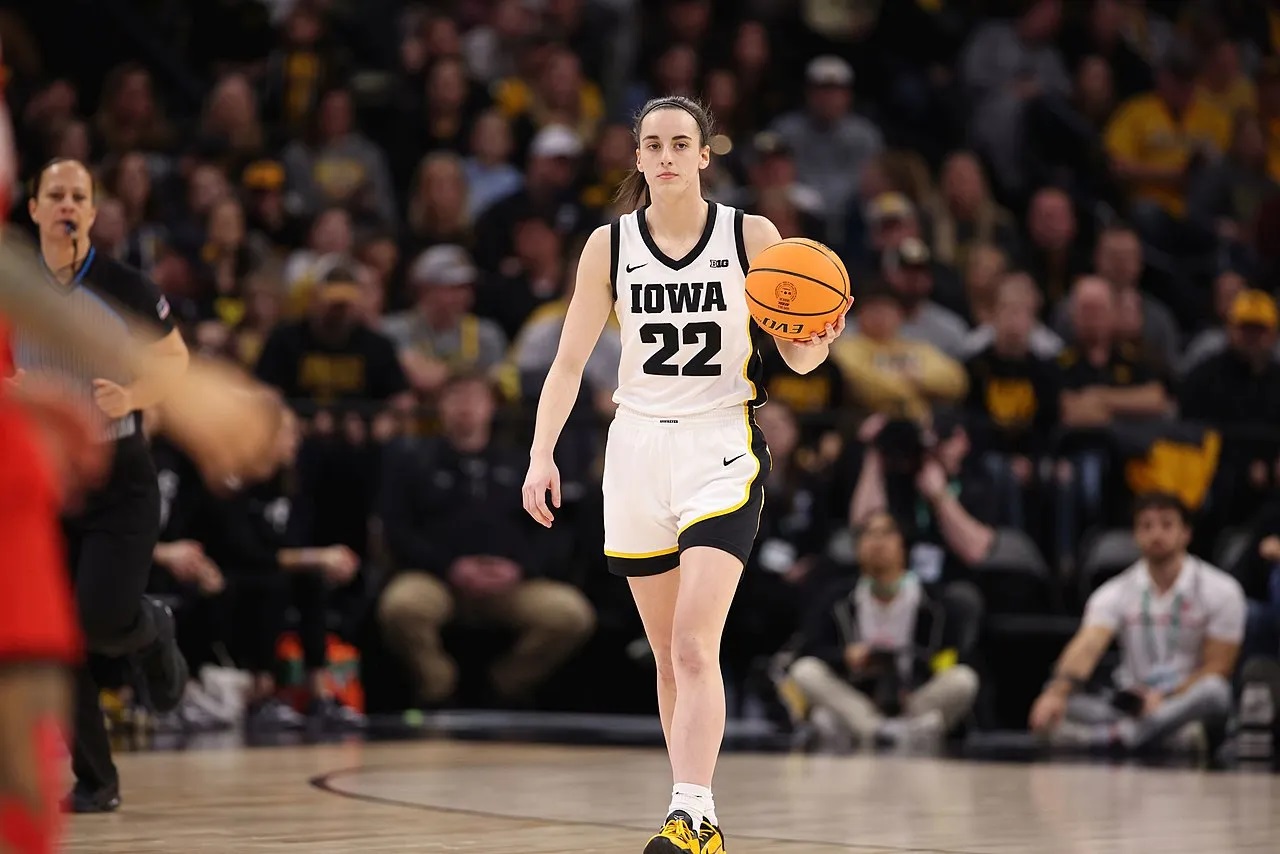**FILE** Caitlin Clark (John Mac, CC BY-SA 2.0 via Wikimedia Commons)
Twenty-eight years ago, on April 24, 1996, the NBA Board of Governors announced, “We Got Next,” and approved the concept of a Women’s National Basketball Association (WNBA). With eight teams leading the way one year later, the WNBA held its first game in June 1997, paving the way for women to showcase their talents on the hardwood while pursuing their dreams to become professional athletes in their beloved sport of basketball.
Since those early days, the league has had its ups and down, with more teams contributing to expansion efforts while other teams were forced to shutter their doors.
However, in recent months, the WNBA has reported unprecedented growth, finishing May with its highest attended opening month in 26 years and its most-watched start of the season across all televised networks.
In terms of viewers, diversity has been tantamount for team owners with Black and Hispanic fans, as well as young girls, contributing to the newfound success of the WNBA.
So, one has to wonder, what’s all the controversy about the former Iowa standout, Caitlin Clark, who, after helping her alma mater break attendance records while dominating women’s college basketball, has continued to showcase her amazing talent as a member of the Indiana Fever.
Some naysayers appear to resent the attention the small town White girl from the Midwest has garnered since being drafted. Others have even been vitriolic in their comments about Clark, suggesting that race has played a role in why she has become the darling of the press as dozens of other players – Black veterans in particular – have yet to receive similar accolades or notoriety.
While the situations are not the same, old school college basketball fans may recall the way Larry Bird (Indiana State) and Magic Johnson (Michigan State), who appeared in the 1978-79 NCAA men’s championship game, were pitted against one another, with Johnson’s team emerging victorious. Some fans seemed to line up on one side or the other based on the race of the two men. But in the end, both Johnson and Bird went on to successful careers in the NBA and they remained close friends.
Race notwithstanding, it would be the legendary NBA stars’ dominating skills as basketball players that helped the league see a significant increase in fan support and game attendance records.
For the moment, it looks like Clark may be just what the WNBA needs to continue its recent surge in attendance and fan support. And that’s a win-win situation for anyone who loves women’s basketball and wants to see it continue to grow and thrive– from teams made up of little girls who have yet to enter puberty, to women who make their living as professional basketball players.
It could be that controversy is part of a marketing strategy by the league’s owners. Or maybe, there are those, including players, who believe their criticism has merit.
Either way, it’s great to see women athletes receive the kind of attention, and hopefully financial compensation, that has eluded them for years.
Reprinted from the Washington Informer.
